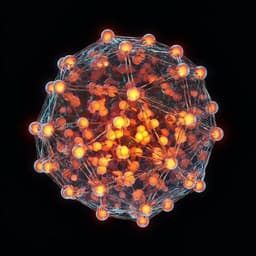
Engineering and Technology
Interpenetrating interfaces for efficient perovskite solar cells with high operational stability and mechanical robustness
Q. Dong, C. Zhu, et al.
Discover the groundbreaking advancements in Perovskite solar cells (PSCs) from researchers Qingshun Dong, Chao Zhu, and their team. Through innovative design, they've achieved impressive efficiencies while ensuring remarkable stability even after extensive bending cycles. This work could revolutionize the future of solar energy.
~3 min • Beginner • English
Related Publications
Explore these studies to deepen your understanding of the subject.







